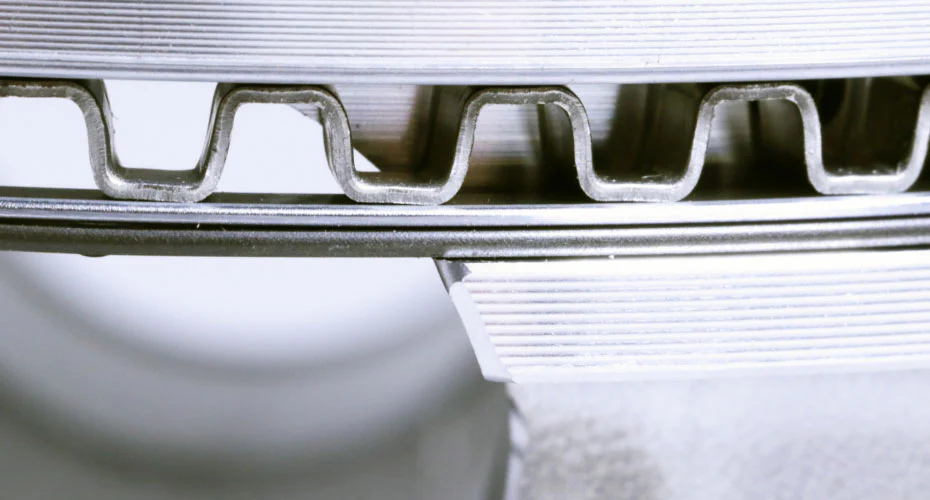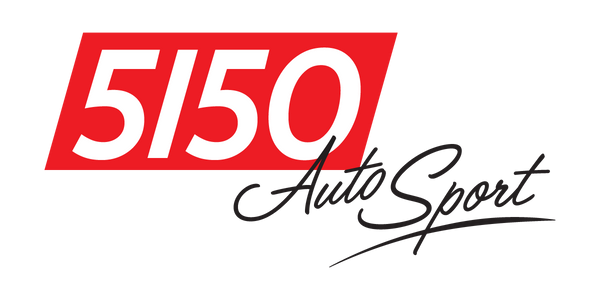
Oil Support Rails (OSR)
Oil Support Rails, OSRs, Oil Rail Supports, Oil Ring Support Rails and Rings; What are they?

Photo Courtesy of CP-Carrillo
In pistons with reduced compression height, the wrist pin bore moves high enough in the piston that it creates a gap in the oil ring land. This interruption of the ring land interferes with the amount of supporting surface that the oil ring receives, causing it to slowly rotate during operation. When this happens, the ring can dip into the gap. If the ring dips into the gap, it can lodge in the wrist pin bore and begin to unravel, lose clearance, and jam, resulting in complete failure.

Photo Courtesy of Dragzine
Oil Support Rails (OSR), sometimes known as Oil Rail Supports, Ring Supports, and so on, provide a solid oil ring landing surface by bridging the gap created by the wrist pin bore. OSRs have dimples that stop them from rotating, providing the support necessary to prevent the oil ring from coming off of the piston via the wrist pin opening. These rings are wound with their tension focused inward to firmly grip the back of the oil ring groove.

Photo Courtesy of CP-Carrillo
CP Carrillo’s OSR dimples ALWAYS face down and the OSR should absolutely NOT touch the cylinder walls; OSRs are not designed to seal against the cylinder wall or bottom land because the oil ring is not a compression ring, but cools and lubricates the piston by collecting and distributing oil evenly on the cylinder walls.
OSR’s only function is to stabilize the oil ring pack and prevent it from coming undone. Once installed, the OSR must lay completely flat all the way around the groove to provide the best support for the oil ring. It is critical during installation that the ring is not expanded or twisted too much.

Photo Courtesy of Dragzine
During final check, ensure that the oil ring can still rotate freely. The OSR features radial tension that will cause it to hug the back of the ring land, and clearance that will never protrude past the ring land diameter like the oil ring does. The oil ring itself will always have radial back clearance so that it can fit completely into the ring groove if compressed.
